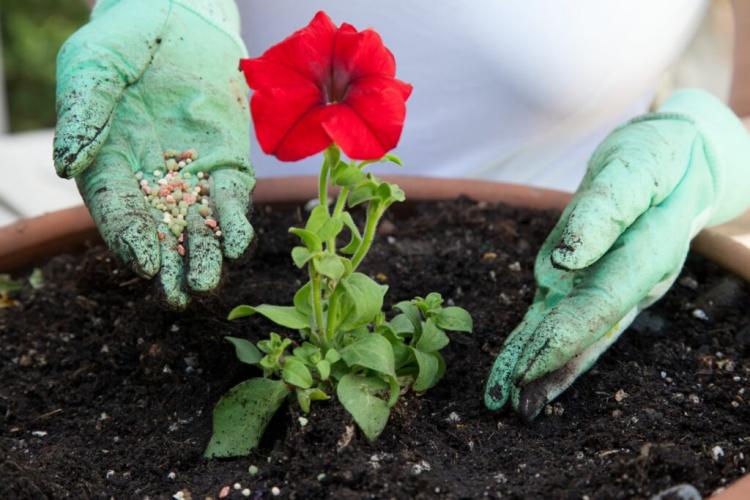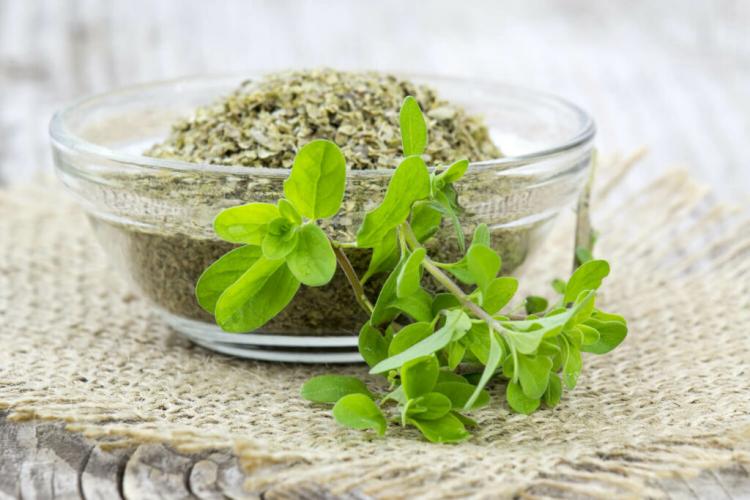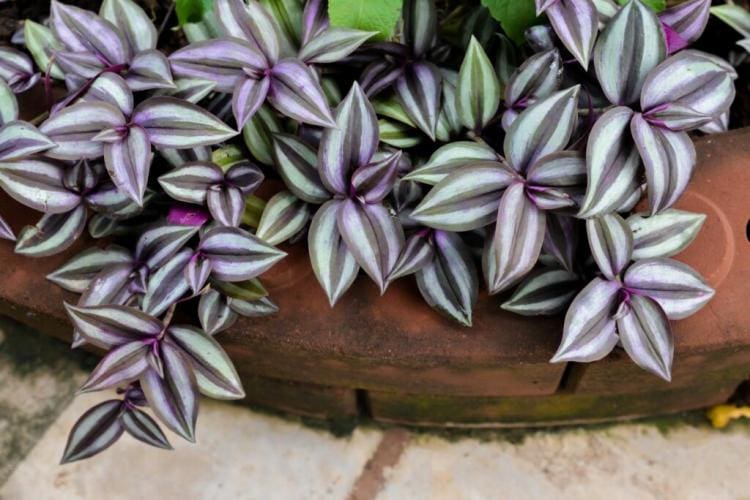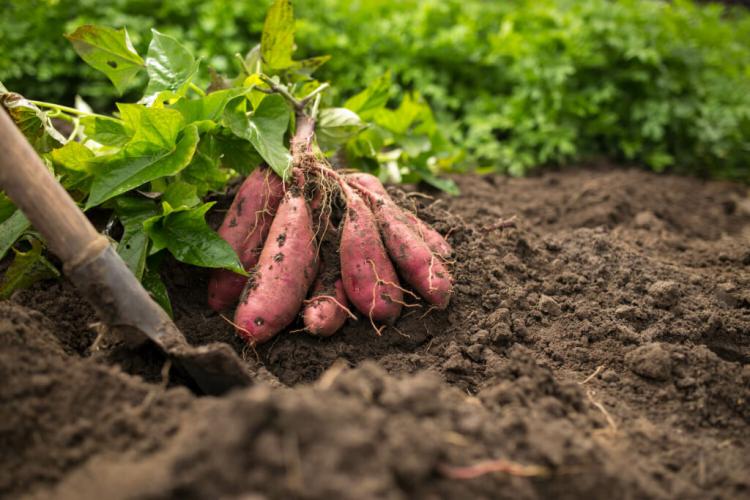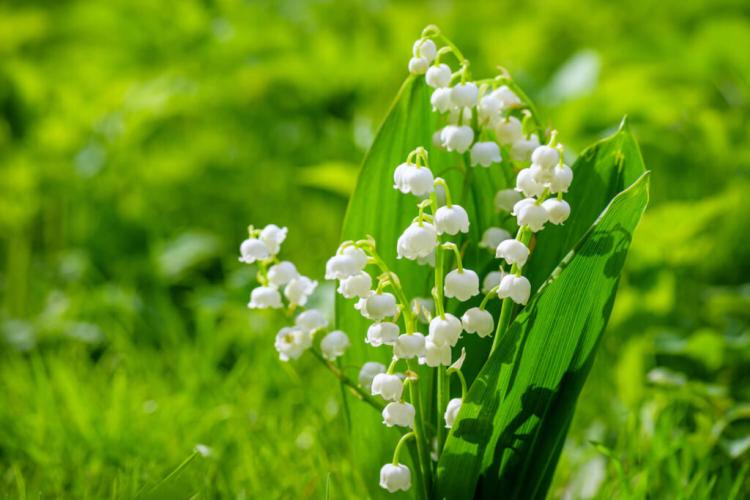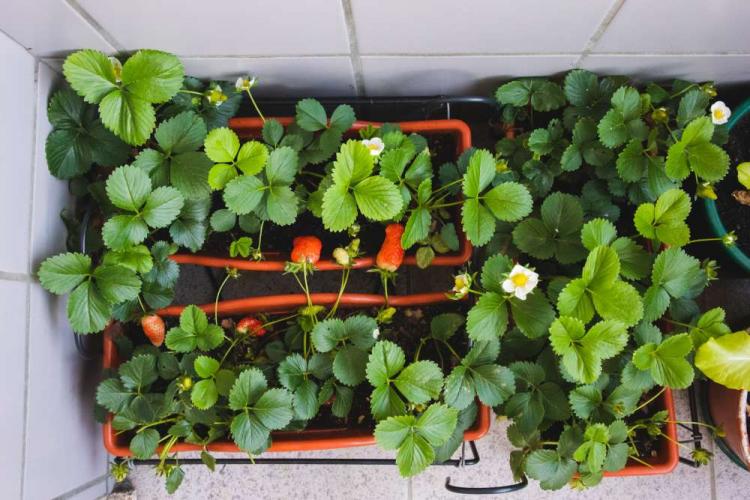Properly propagating tarragon: sowing, dividing and cuttings
When it comes to how to properly propagate tarragon, the decisive factor is which variation of the herb it is. We show what options there are.
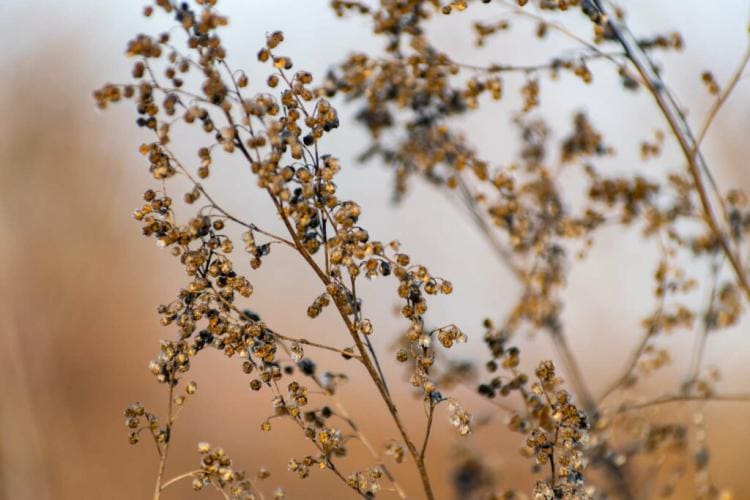
Tarragon can also be propagated from seeds [Photo: Anna-2118 / shutterstock.com]
Three variations of tarragon ( Artemisia dracunculus ) can be found in our gardens. In addition to the tart tasting Russian tarragon ( Artemisia dracunculus var. Inodora ), the hardy German tarragon ( Artemisia dracunculus cv.) And the aromatic French tarragon ( Artemisia dracunculus var. Sativus ) are particularly popular in cultivation. But the three variants of tarragon cannot be propagated in the same way for cultivation in your own garden.
Increase tarragon by sowing
Table of Contents
Only Russian tarragon can be propagated by sowing the seeds. The other two varieties do not produce seeds. The seeds are either spread in March and the young plants are then grown in a preculture in the house. These can be planted outside from May. Or sowing takes place directly in the field – but only from the end of April to protect the tender seedlings from cold damage caused by late frosts.
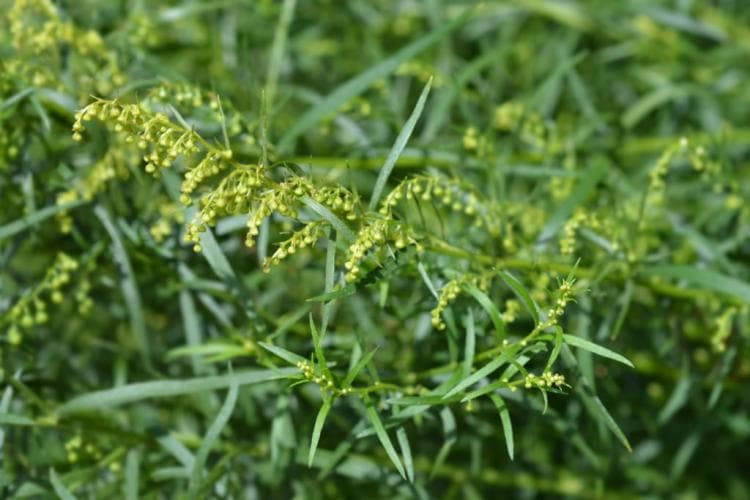
The small yellow tarragon flowers stand in panicles [Photo: Iva Villi / Shutterstock]
Tarragon is a so-called light germ, which is why the seeds should not be covered with substrate. To protect the germinating seeds from drying out, simply press them lightly into the substrate and keep them evenly moist. For this purpose, for example, a transparent film can be stretched over the seed tray or special cultivation houses with hoods can be used, which maintain a high level of humidity and thus prevent it from drying out.
Tip : A high-quality, peat-free herbal soil such as our Plantura organic herb & sowing soil is ideal for propagating tarragon.
Divide and multiply tarragon
Since the German as well as the French tarragon do not develop seeds, they have to be propagated in other ways. One possibility is to multiply by dividing the plants. The tarragon is removed from the bed or pot in spring and divided into equal parts. Then these are simply planted back in and watered well. Of course, you can also use the propagation variant for Russian tarragon.
Propagate tarragon by cuttings
In particular, the two varieties that cannot be propagated from seeds (but also the Russian tarragon) can be propagated quickly and easily using cuttings. To do this, tips of young shoots are cut off in late spring or summer and put in substrate. It is important to make sure that the cuttings have not yet developed a flower or flower buds. That would cost the cutting unnecessary energy at the expense of the root formation. Until the first roots have formed, the cuttings should be protected from drying out in high humidity in a nursery box. Then the cuttings have to be gradually accustomed to a normal environment by temporarily ventilating the nursery for an ever longer period of time.
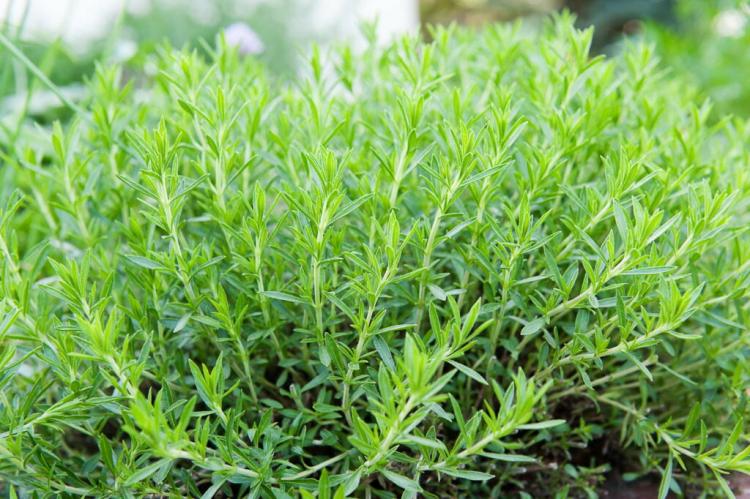
Tarragon can be propagated in summer by cuttings from the mother plant [Photo: Michal_R / Shutterstock.com]
The three variations of tarragon at a glance:
- Russian tarragon ( Artemisia dracunculus inodora )
The Russian tarragon is relatively undemanding and could also cope with poorer, barren soils. It is cultivated less often, because its bitter note does not suit everyone's taste. However, it is the only variety that can be easily propagated from seeds. - French tarragon ( Artemisia dracunculus sativus )
The French tarragon is the most intense in the characteristic tarragon aroma. It is used in the traditional Bernaise sauce and can withstand temperatures down to -10 ° C. Since it does not form seeds, it has to be propagated by division or cuttings. - German tarragon ( Artemisia dracunculus )
The German tarragon is the most robust of the three varieties. It tolerates winter temperatures best, but has to be propagated using cuttings as it does not develop seeds.

